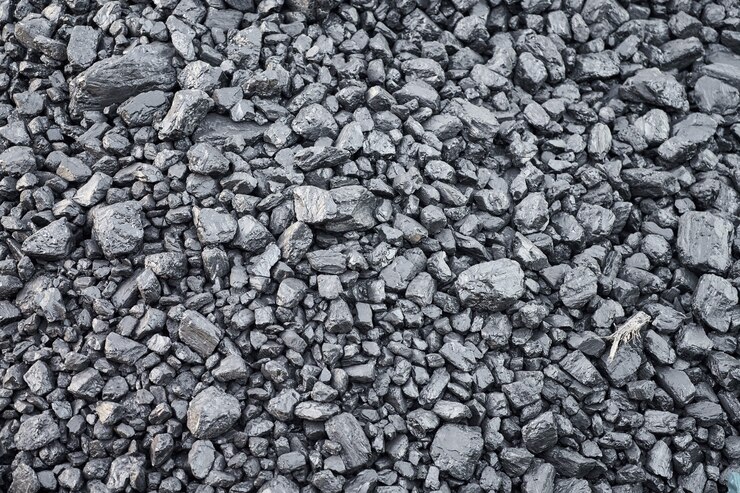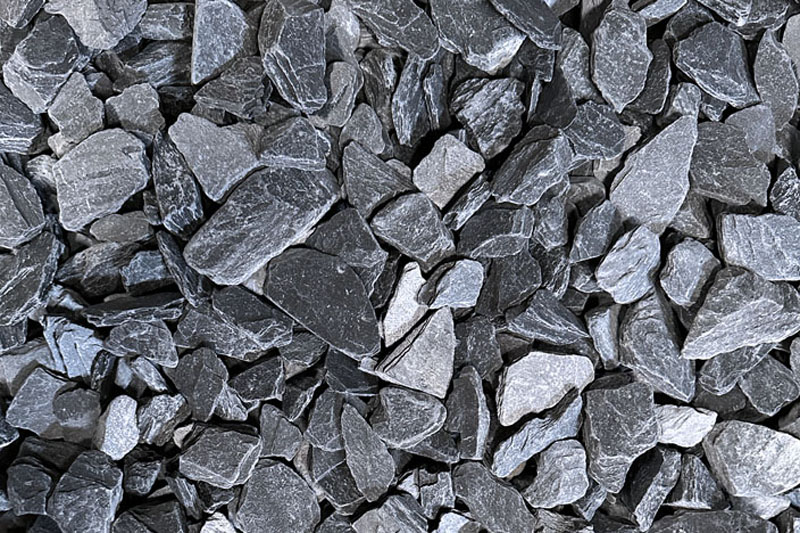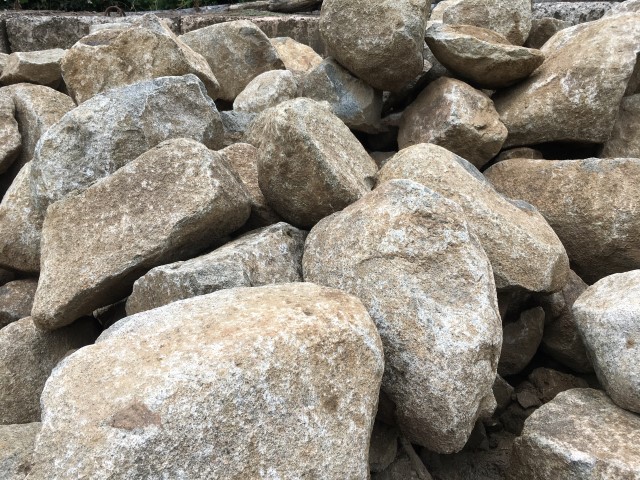Introduction
Blue rock is a versatile and eye-catching material that can elevate any landscaping project. With its unique blue-grey color and variety of sizes, blue rock offers endless possibilities for creating stunning outdoor designs. In this ultimate guide, we'll explore the different types of blue rock and provide inspiration for incorporating this beautiful material into your landscaping.
What is Blue Rock?
Blue rock is a type of natural stone that is quarried from various locations around the world. Its distinctive blue-grey color comes from the presence of minerals such as quartz and feldspar. Blue rock is known for its durability and versatility, making it an excellent choice for a wide range of landscaping applications.
Types of Blue Rock
4"-7" Blue Rock
This size of blue rock is perfect for creating bold borders, retaining walls, and accent pieces in your landscaping. The larger stones provide a substantial presence and can be used to define different areas of your outdoor space.
1 ½ Blue Rock
The mid-size option, 1 ½ blue rock, is ideal for creating pathways, garden borders, and decorative elements in your landscaping. The smaller size allows for more intricate designs and can be used to fill in spaces between larger stones.
3/4 Blue Rock
The smallest size of blue rock, 3/4 blue rock, is great for use as a decorative ground cover or for filling in gaps between pavers. It can also be used to create a cohesive look when combined with larger sizes of blue rock.
Using Blue Rock in Your Landscaping
Create a Pathway
A pathway made of blue rock can add a natural, rustic charm to your landscaping. Use 4"-7" or 1 ½ blue rock to create a meandering path that leads to a focal point in your outdoor space. The blue-grey color of the stones will complement the surrounding greenery and provide a visually appealing contrast.
Build a Retaining Wall
The 4"-7" size blue rock is perfect for building a retaining wall that adds visual interest to your landscape while also serving a practical purpose. A blue rock retaining wall can help prevent soil erosion and create a level area for planting.
Create a Water Feature
Incorporate the 1 ½ size blue rock into a stunning water feature in your outdoor space. Use the blue rock to create a natural-looking pond, stream, or waterfall that adds a tranquil element to your landscaping. The blue-grey color of the stones will beautifully reflect the water and create a serene atmosphere.
Use as a Ground Cover
The 3/4 size blue rock can be used as a decorative ground cover in areas where grass or other plants may have difficulty growing. It provides a low-maintenance solution that adds texture and visual interest to your outdoor space.
Accentuate Plant Beds
Using blue rock as a decorative element in plant beds can create a polished and cohesive look in your landscaping. Use the 4"-7" or 1 ½ size blue rock to create a border around your plant beds or to fill in empty spaces between plants. The blue-grey color will complement the foliage and flowers, creating a visually appealing contrast.
Conclusion
Blue rock is a versatile and stunning material that can transform any landscaping project. Whether you choose to use it for pathways, retaining walls, water features, ground cover, or as an accent in plant beds, blue rock adds a unique and captivating element to your outdoor space. With its durability and timeless beauty, blue rock is a smart investment for any landscaping endeavor.
FAQs
Is blue rock expensive? The cost of blue rock can vary depending on the size, quantity, and location of the supplier. It's recommended to get quotes from different suppliers to compare prices and find the best deal.
Can blue rock be used for indoor projects? Yes, blue rock can be used for indoor projects such as fireplace surrounds, accent walls, and flooring. However, it's important to consider the weight and thickness of the stone, as well as the type of adhesive required for installation.
Is blue rock environmentally friendly? Blue rock is a natural material that does not require chemical treatments or processing. It is a sustainable and eco-friendly option for landscaping projects.
How do I maintain blue rock in my landscaping? Blue rock is a low-maintenance material that does not require much upkeep. Periodically rinse the stones with water to remove dirt and debris. Weeds and grass may grow between the stones, so it's important to remove them by hand or with a weed killer.
Can blue rock be combined with other landscaping materials? Yes, blue rock can be combined with other landscaping materials such as gravel, mulch, and plants to create a unique and cohesive design. Consider the colors, textures, and sizes of the different materials to ensure they complement each other.




